Paul McCartney has given us hundreds of legendary tunes that will live on through the years, whether with The Beatles, Wings, or solo. To say Paul McCartney has a distinct sound and an understanding of popular culture is an understatement. He led the band that established the standard for musicians today. The Beatles demonstrated to the world that you could perform and sing your music at the highest level conceivable.
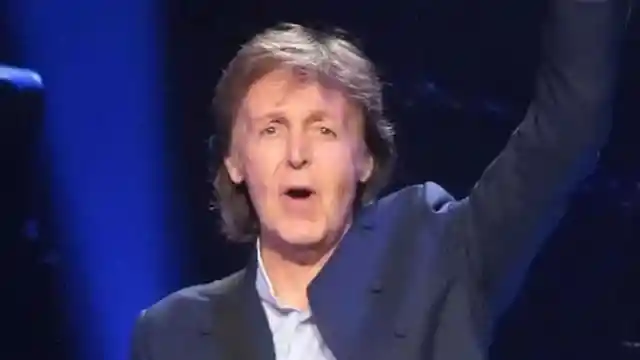
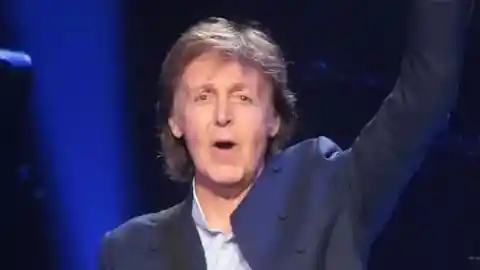
Paul McCartney is one of history's most prolific musicians, as well as one of its most successful performers. Here are 40 amazing facts to test even the most avid McCartney fan's knowledge.
Humble Beginnings
James Paul McCartney was born on June 18, 1942, in Walton Hospital in Liverpool's Walton district. His mother, Mary Patricia, trained as a nurse in this very same hospital. His father, James McCartney, was unable to attend his son's birth due to his duties as a volunteer firefighter during World War II.
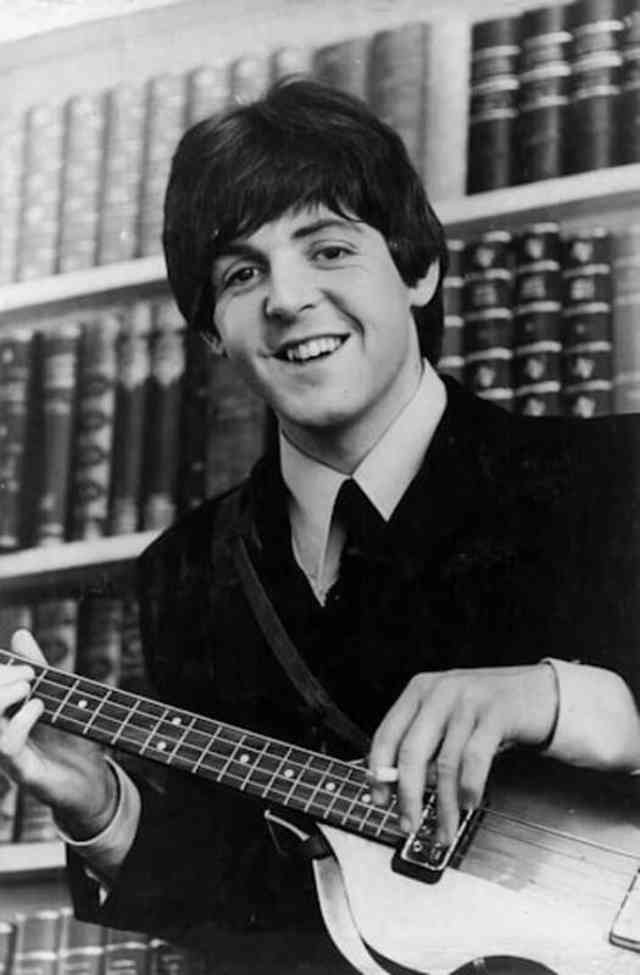
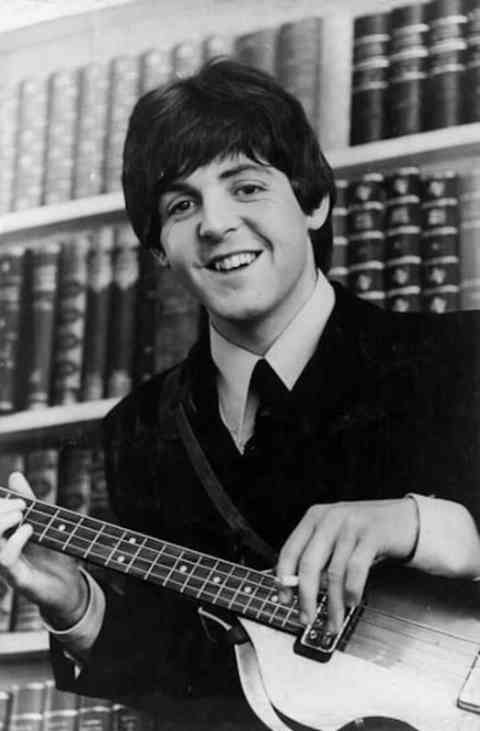
In reflecting on his poor beginnings, McCartney praised his parents and the people of Liverpool, describing them as "...the kind of people you need in life." One of these good people, in particular, urged young McCartney to reach his full potential.
McCartney Was a Natural
McCartney's father was a trumpeter and pianist who loved hearing music in the background of his everyday life. He kept a piano in the living room and encouraged his sons to study the instrument. Paul had a natural talent for it, even learning to play the piano by ear.


For his fourteenth birthday, McCartney received a nickel-plated trumpet from his father, but when rock and roll got famous on Radio Luxembourg, McCartney traded it in for an acoustic guitar because he wanted to be able to sing while playing.
The Struggle Was Real
McCartney is left-handed (as was George Harrison), so he struggled hard to play the guitar right-handed, but after seeing a poster for a Slim Whitman show and understanding Whitman played left-handed, he flipped the string order.
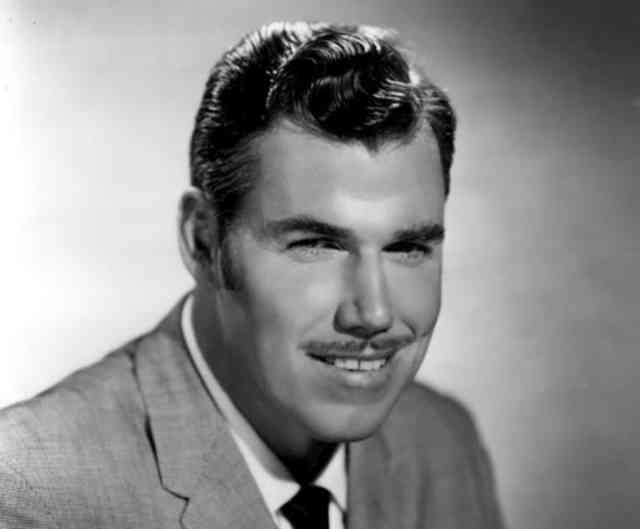
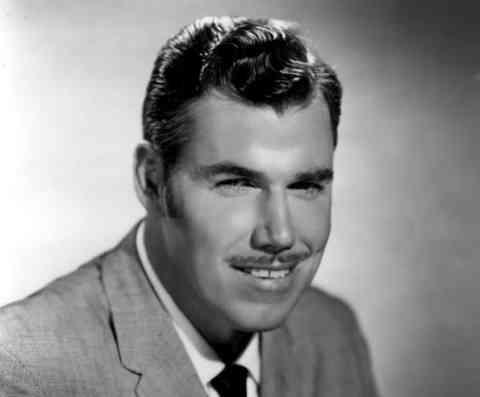
On the Zenith, McCartney penned his first song, "I Lost My Little Girl," and on the piano, he composed another early melody that became "When I'm Sixty-Four." Little Richard, his teenage idol, influenced him, and "Long Tall Sally" was the first song McCartney sang in public. This first performance was at a holiday camp talent competition.
A Chance Encounter
In 1954, McCartney encountered a very significant individual. He was 12 years old at the time. On the bus from his home in Speke, he met future bandmate and prolific Beatles member George Harrison. They were still children attempting to make their own ways in the world when they became firm friends.
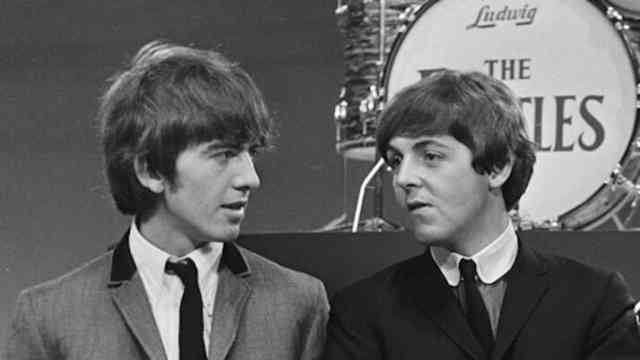
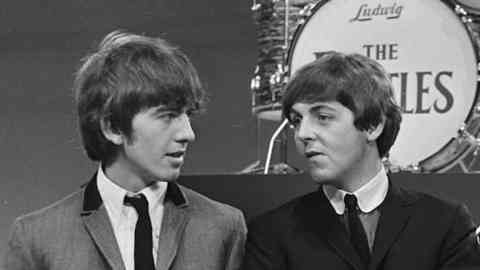
McCartney subsequently said, "I used to talk down to him since he was a year younger." It wasn't long, though, until McCartney met another future Beatle and musical great.
A Life-Altering Decision
McCartney first heard John Lennon and The Quarrymen at a St. Peter's Church gathering when he was 15 years old. When The Quarrymen asked him to join them as their rhythm guitarist, he made a life-changing decision.


McCartney accepted the offer to join Lennon's band, and the creative partnership that resulted altered the trajectory of music history. This wonderful place set the stage for an unassuming band destined for success. As John Lennon famously stated, "...it was when I met Paul that it started moving."
Losing His Mother at a Very Young Age
McCartney and Lennon were more than just pals who shared a passion for songwriting. McCartney's adolescence was challenging. His mother died of an embolism as a result of breast cancer surgery on October 31, 1956, when he was just 14 years old. Paul's father was left to raise him and his brother on his own.

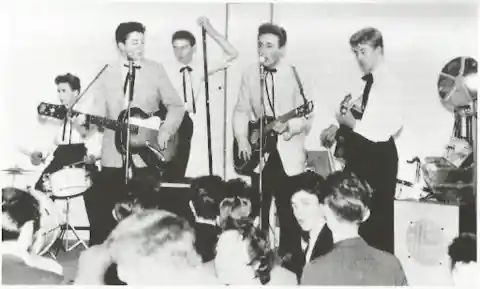
It was almost as though McCartney had found an extended family when he met his new band. They worked together in each other's homes, singing in each other's bathrooms, and McCartney frequently remained for supper at Lennon's.
Sharing Their Grief
John Lennon's mother, Julia, was extremely sensitive toward McCartney and helped him cope with the tragic loss of his mom. Only a year after the two boys met, Lennon suffered a similar tragedy. When he was 17 years old, a car struck and killed his mother.

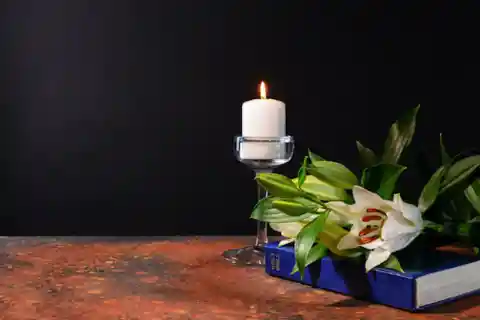
McCartney and Lennon had more in common than ever before – a shared tragedy that bled into their songwriting. The two lads stuck together as they tried to find their place in the world. As we all know, they certainly did find their way.
Falling in Love
While McCartney cherished his musical passion, he also had other interests. Dorothy "Dot" Rhone, whom McCartney met at the Casbah club in 1959, was McCartney's first significant relationship in Liverpool. Rhone believed that McCartney felt compelled to exert control over situations, and their connection had a sinister side.
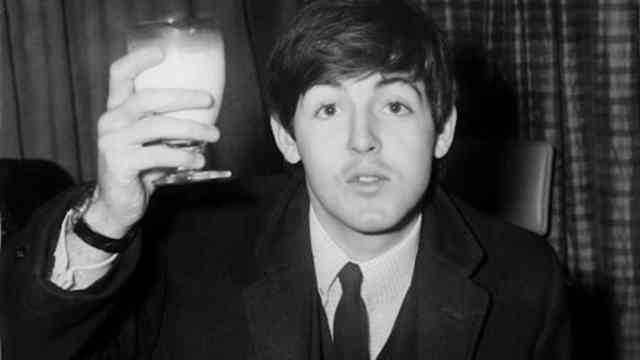
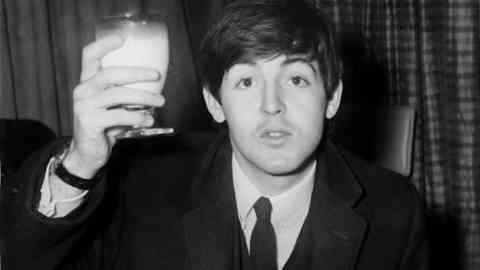
According to Bob Spitz, The Beatles' biographer, McCartney had major control issues. He desired a girlfriend, but he also desired to shape her into his ideal companion. Still, the couple enjoyed their relationship for two and a half years and were going to marry until a tragedy changed the course of history (more on that soon).
Official Band Name
By 1960, McCartney's band had considered numerous band names but had yet to settle on one. Johnny and the Moondogs, Beatals, and The Silver Beetles were among their top ideas. However, even before the band relocated to Hamburg, they reached a firm decision.
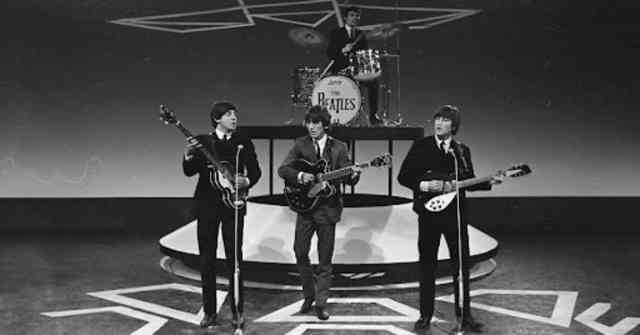
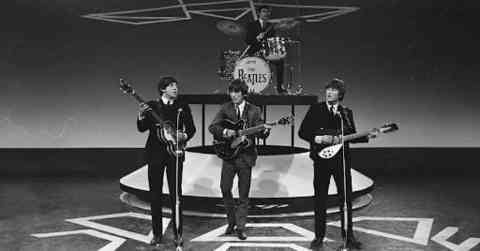
The band decided to call themselves the Beatles. They flew to Hamburg with their new identity in hand, ready to make their mark. They had no idea what awaited them, but their adventurous youthful minds urged them to try their luck in a new location.
Not Always Faithful
When McCartney initially traveled to Hamburg with the Beatles, he routinely wrote to his girlfriend, Dorothy Rhone, and she even joined Cynthia Lennon in Hamburg when they returned in 1962.

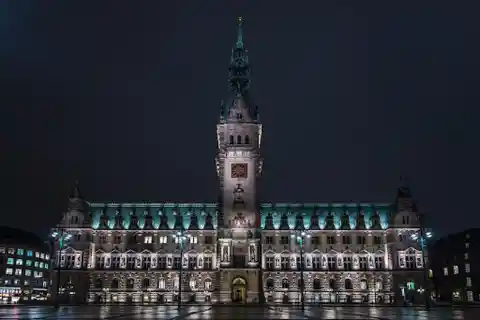
But Hamburg had more than its fair share of earthly pleasures, and McCartney admitted to having numerous other relationships while he was overseas. Apparently, the majority of them were with strippers. His Hamburg women appeared to have a big advantage over Liverpool girls. They were masters at the art of making love.
Trying New Things
McCartney surrounded himself with pleasant vices in more ways than one. He experimented with drugs during the Beatles' Hamburg days when they frequently used Preludin to sustain their energy while performing lengthy sets.
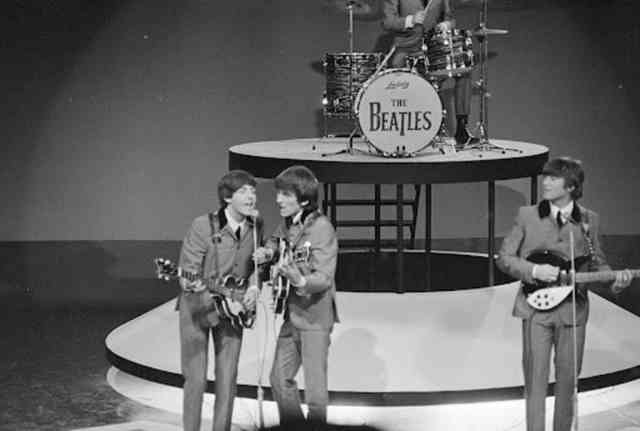
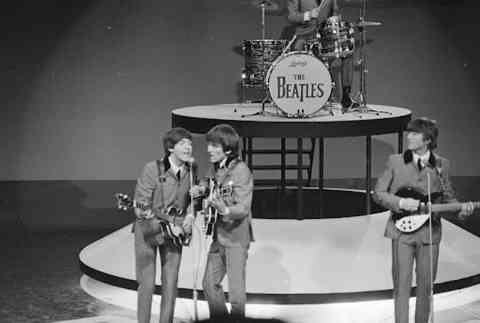
In 1964, marijuana was introduced to them by Bob Dylan in a New York hotel room; McCartney recalls feeling "extremely high" and "giggling uncontrollably." It was reported that McCartney composed the phrase "another type of mind" in one of their songs as a cloaked reference to cannabis.
Lifetime Commitment
When McCartney returned to Liverpool, he realized Rhone was pregnant. He was about to become a father. Accepting his fate, McCartney proposed to Rhone and established a wedding date. Everything appeared to be on track with “happily ever after” in sight.
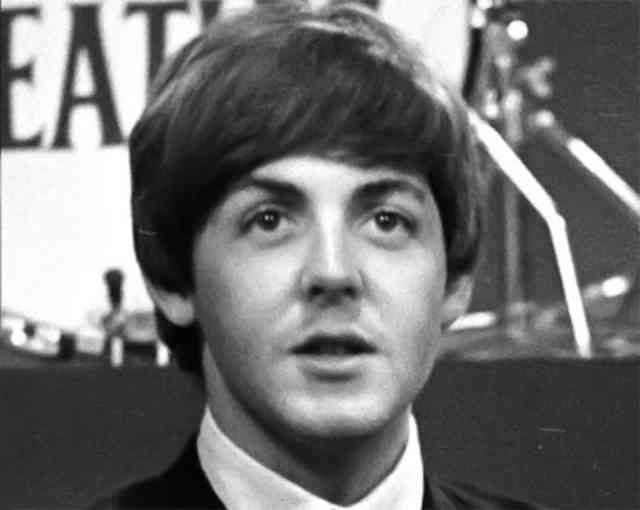
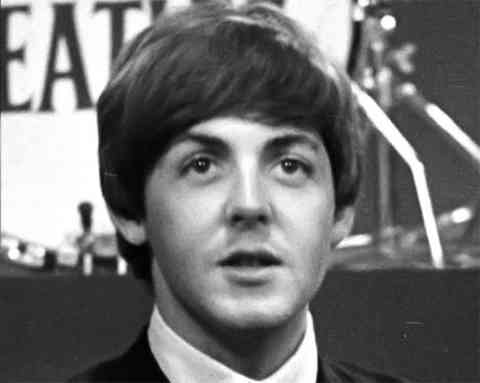
Unfortunately, Rhone had a miscarriage before marrying McCartney. McCartney saw his opportunity and dissolved the relationship just weeks after the loss of their newborn child. McCartney and the Beatles had every possibility now that they were no longer bound by any other commitments.
On a Roll
McCartney had a momentous year in 1962, both professionally and personally. George Harrison and Ringo Starr had both joined the Beatles by this point. The band's first success was "Love Me Do," which grew immensely famous across the UK the following year.
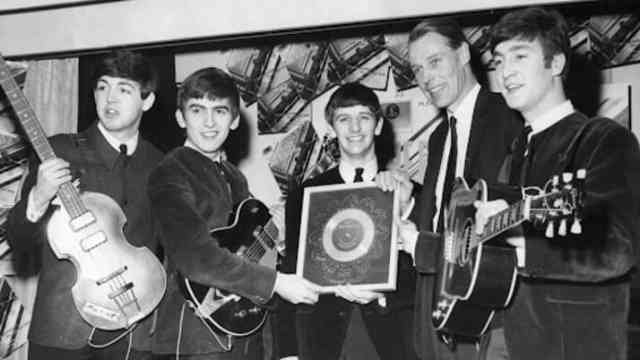
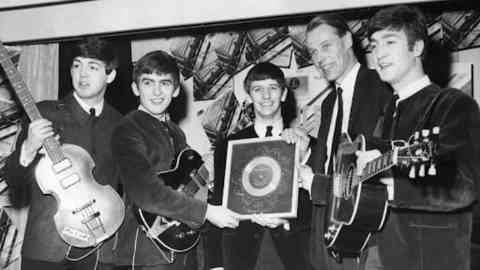
By 1963, Lennon and McCartney had established themselves as a songwriting powerhouse, with singles such as "I Saw Her Standing There" and "Can't Buy Me Love." It wasn't long before their songs crossed the Atlantic and gained traction in the United States.
Captured By a British Actress
In the spring of 1963, McCartney met redhead beauty, Jane Asher. A photographer asked the Beatles to pose with the thrilled British actress before a Beatles concert at the Royal Albert Hall.
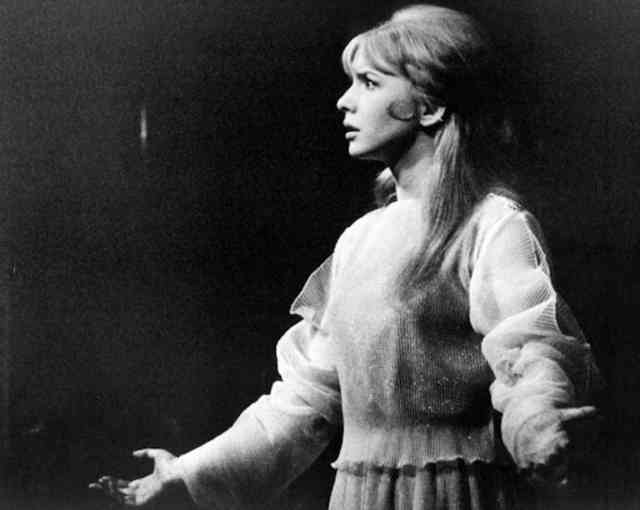
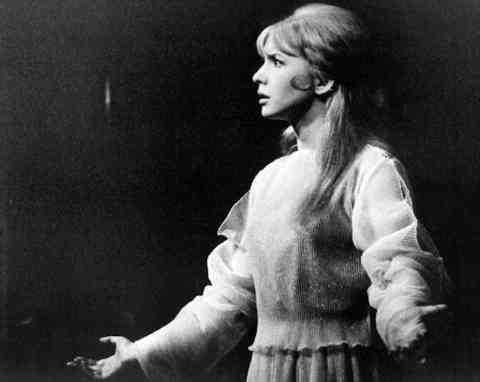
The Radio Times had sent her to cover the event, and she was completely impressed by the delightful lads. But she wasn't the only one who was enamored. All of the band members had their sights set on Asher. In McCartney’s words, "we all fancied her."
Winning Asher’s Heart
At the conclusion of the day, McCartney snagged the honor of driving Asher home. He took the opportunity to hesitantly invite her out on a date. The two began seeing each other, and he moved in with Asher in November of that year.
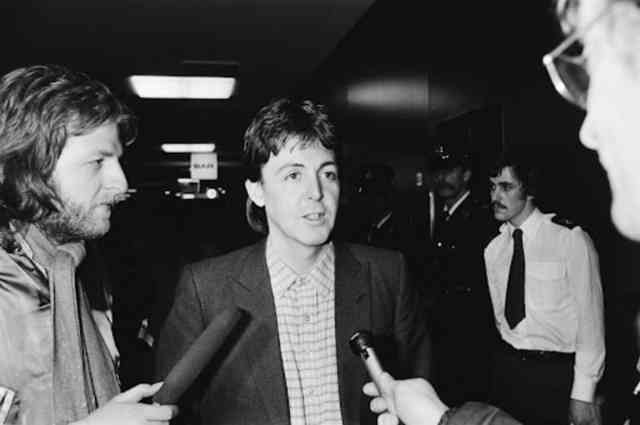
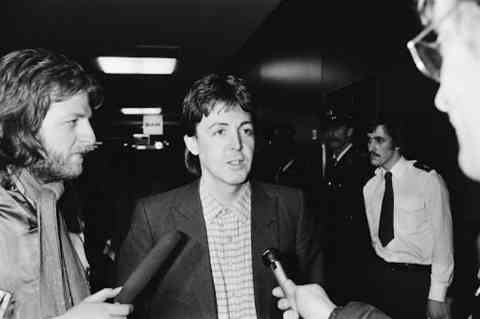
The couple's burgeoning romance became public knowledge after they were pictured visiting the Prince of Wales theater together. They immediately rose to prominence and were frequently covered by the media. Behind the lens, McCartney was absolutely smitten with his new girl. She was the real deal in his eyes.
A Genius Collaborator
In Asher's basement music area, several classic Beatles songs were written. In an inspired fury, McCartney and Lennon penned "I Want To Hold Your Hand." Another iconic song composed under this roof was "Yesterday," which just came out of McCartney one day after he rolled out of bed and sat at the piano.
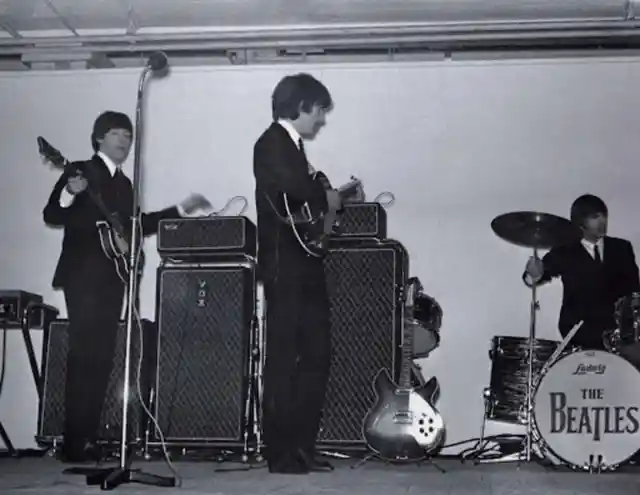
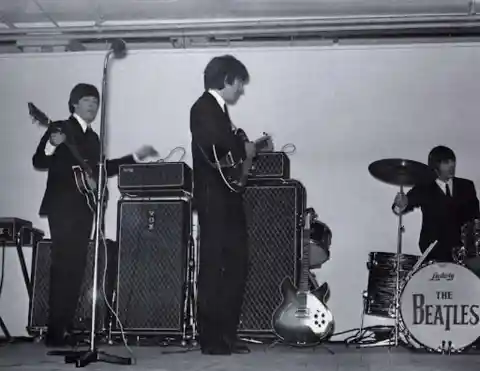
Living in London’s downtown with Asher introduced McCartney to a whole new world. He attended high-brow gatherings, where he met painters, musicians, and philosophers. Above all, he sought to immerse himself in the culture and emerge with creative ideas.
Breaking Asher’s Heart
The media constantly projected McCartney and Asher's impending marriage, and on December 25, 1967, McCartney and Asher confirmed their engagement. She traveled to India with McCartney in February and March of 1968.


When Asher returned from an acting job in Bristol in the summer of 1968, however, she found McCartney in bed with another lady, Francie Schwartz. McCartney and Asher eventually attempted to restore their relationship, but it ended in July 1968. Asher has persistently declined to address that aspect of her life publicly.
An Avant-Garde Artist
The Beatles went through several changes during the 1960s. McCartney, who was growing increasingly interested in the avant-garde movement, brought experimental and conceptual ideas to the table. He even directed a few avant-garde films.
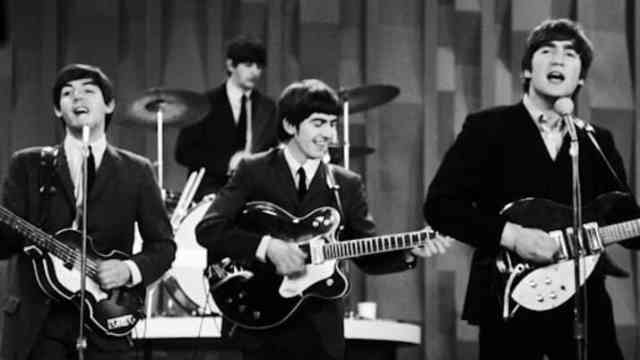
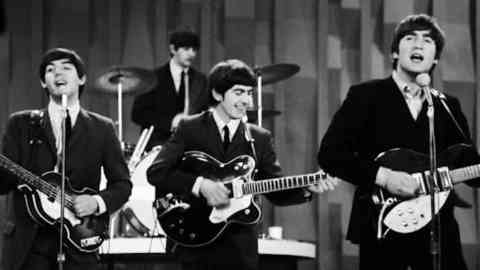
McCartney created tape loops by merging several loops of vocals, guitars, and bongos recorded on a Brenell tape recorder. He dubbed the final output "electronic symphonies." He reversed the tapes, sped them up, and slowed them down to achieve the necessary effects, some of which were eventually used by the Beatles on their songs.
Looking for a Fresh Start
The Beatles didn’t like to sit still creatively. McCartney sensed discomfort in the band and knew they had to inspire some fresh creative activity. He persuaded them to undertake a new project, which soon became Sgt. Pepper's Lonely Hearts Club Band – rock's first concept album.
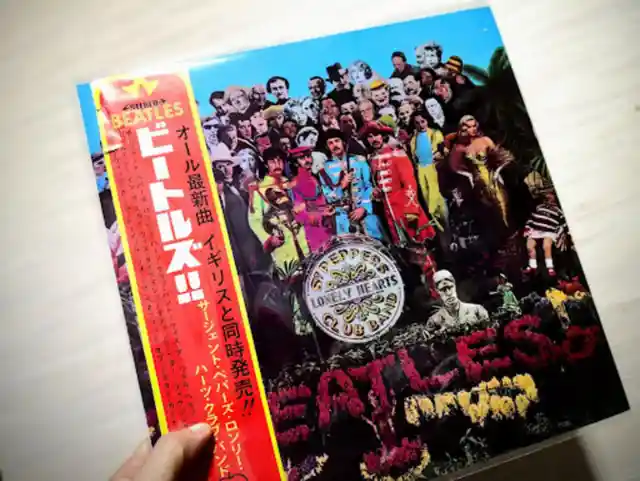
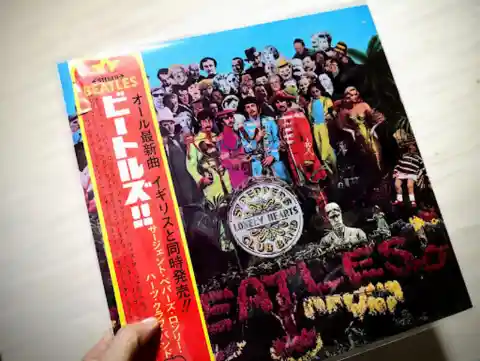
McCartney was inspired to establish a new character for the group, which he used as a platform for experimentation and to show their fans that they had evolved musically. He made up the title track's imaginary band.
A Born Leader
The band received tragic news in 1967. Brian Epstein, their father figure and manager, had died. Epstein's death created a hole, which left the Beatles bewildered and apprehensive about their future. McCartney moved in to fill the hole, eventually becoming the business manager and de facto leader of the band Lennon formerly commanded.
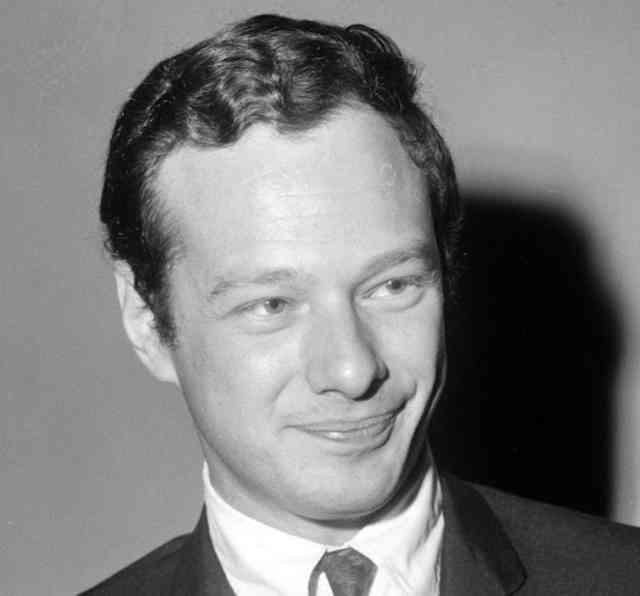
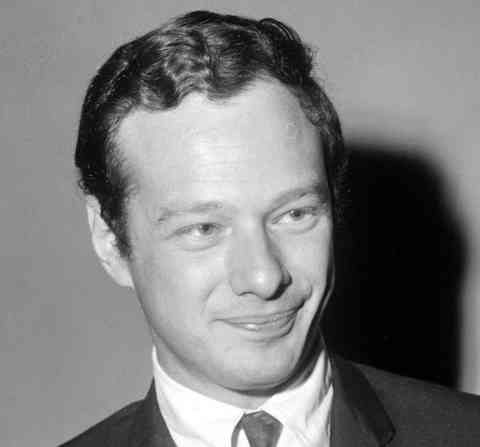
McCartney's first creative suggestion following the change of leadership was that the band proceed with their intentions to produce a television film, which became Magical Mystery Tour.
Love at the Wrong Time
Paul McCartney met outstanding photographer Linda Eastman several times before asking her out on a date. Their first meeting at the Bag O'Nails bar in 1967 led to occasional meetings whenever they found themselves in each other's city.
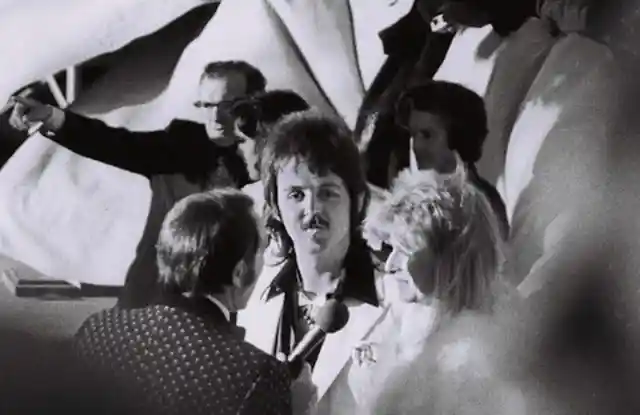
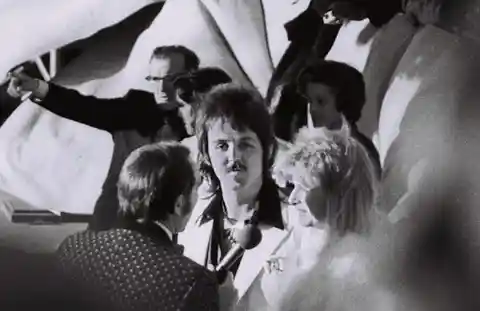
However, McCartney was still dating Jane Asher at the time, and any meaningful relationship appeared out of the question. Nonetheless, there was an evident spark of attraction between the two of them. They just never made a serious commitment because of the timing.
Taking a Chance
After McCartney and Asher called it quits on their engagement, McCartney began to reflect on his chemistry with Eastman."I suppose I was going over all the girls I'd dated, and she was one that kept coming to mind," McCartney explained.
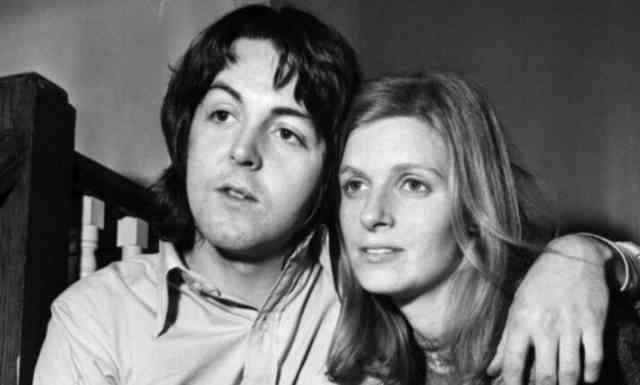
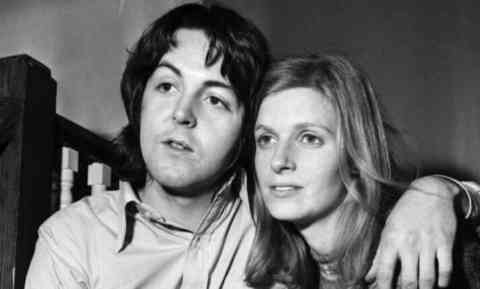
Linda Eastman and Paul McCartney met again in New York in May 1968, when McCartney and Lennon announced the founding of Apple Corps. McCartney called her in September and urged her to come to London. They got married six months later.
A Few Step Back
McCartney invited Eastman to fly to London and join him. His instincts were right – the two of them fell deeply in love. He later stated that his wife was the lady who "gave me the guts and confidence to work again" when the Beatles split up.
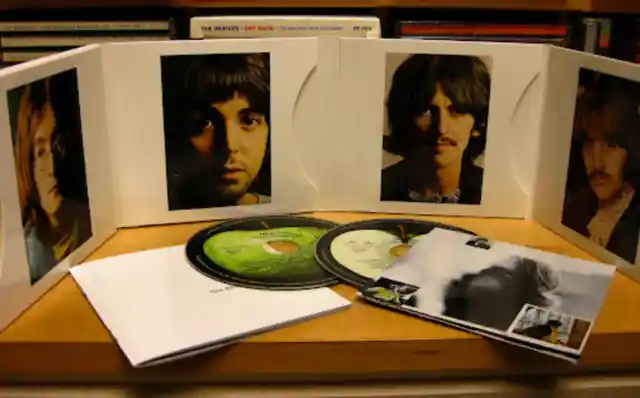

After completing The White Album, he moved to New York and spent time with Eastman's five-year-old daughter, Heather. This was a rare moment of tranquility for the stressed musician. He couldn't wait to explore this new city.
Blending in with the Crowd
During this period, McCartney wore a beard, which provided him with some anonymity, especially in a new city like New York. For once, he could go about his business unnoticed and take the train without being swarmed by adoring followers.


By year's end, McCartney was certain Eastman was his life partner, and he proposed during a trip to Portugal. Paul proposed to her after a year of dating, but they almost didn't get married after a massive fight only hours before the big day.
Tying the Knot
In the spring of 1969, McCartney married Eastman. With the bride four months pregnant, it was a lovely and simple affair. However, there appeared to be a significant disparity in the guest list. The other Beatles were not present. But there was no error. McCartney had purposefully left out his bandmates' invitations.
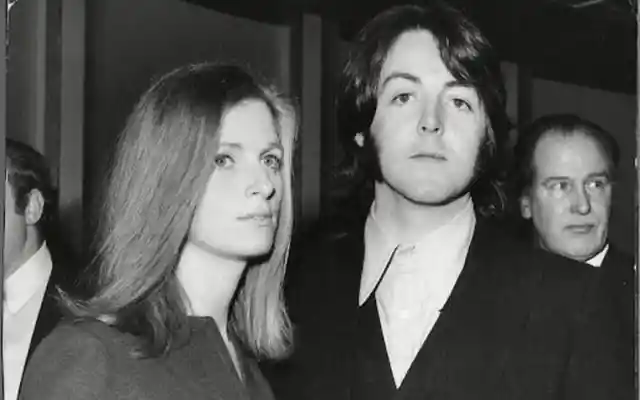
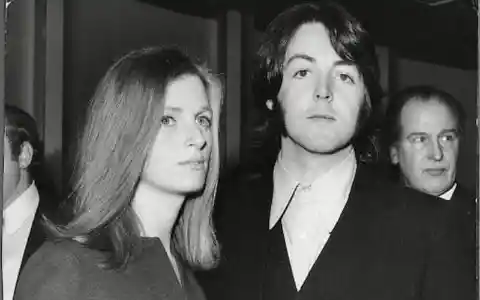
"Perhaps it was because the group was disbanding. We were all mad at each other. We weren't a gang any longer. That was it. When a group is torn up like this, that's the end of it."
Not Dead Yet
McCartney became the topic of an urban legend that people couldn’t stop talking about in the autumn of 1969. This conspiracy theory held that McCartney had died in a vehicle accident in 1966 and that the band had chosen a doppelganger to replace him.
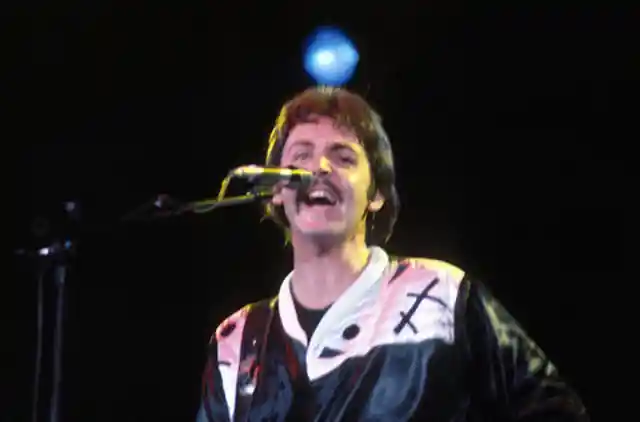
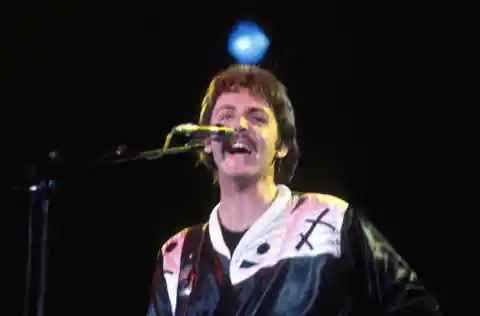
This hypothesis became known as "Paul is Dead," and fans began hunting for signs in the Beatles' lyrics and art to support it. McCartney had no option but to answer in order to placate his followers.
Photo as Proof
McCartney posed for the cover of Life magazine with his wife, new baby Mary, and Heather, proving to the world that the claims were false – the title of the cover read "Paul is still with us." Thankfully, the rebuttal worked, and the "Paul is dead" conspiracy faded.
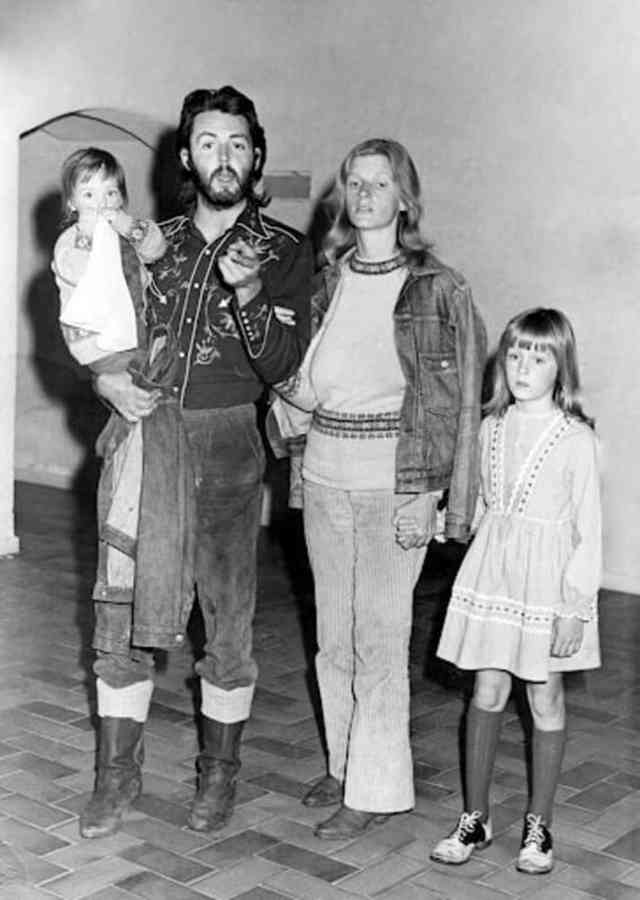
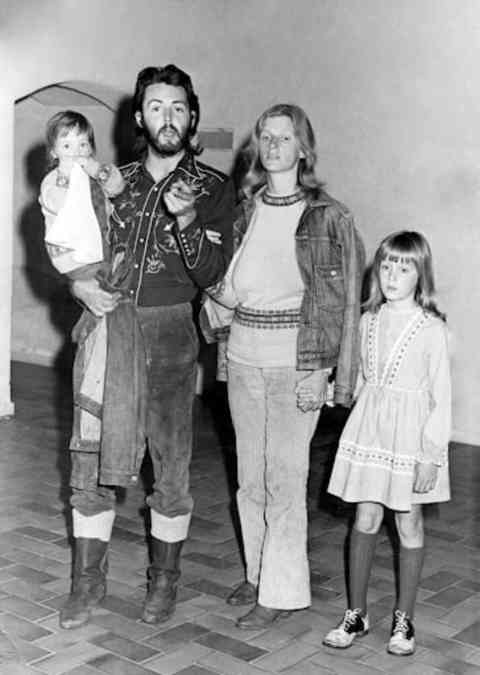
While fans were reassured that Paul was still alive and well, nothing could have prepared them for the loss of The Beatles. The band had reached its breaking point, and with their disagreements growing too strong to overcome, one member broke away from the pack.
Battling Depression
McCartney announced his departure from The Beatles on April 10, 1970. The demise of the band he had previously considered family pushed him into a depression. While he was in mourning, his wife came to his rescue and gave him all the support and encouragement he needed to get back up on his feet again.
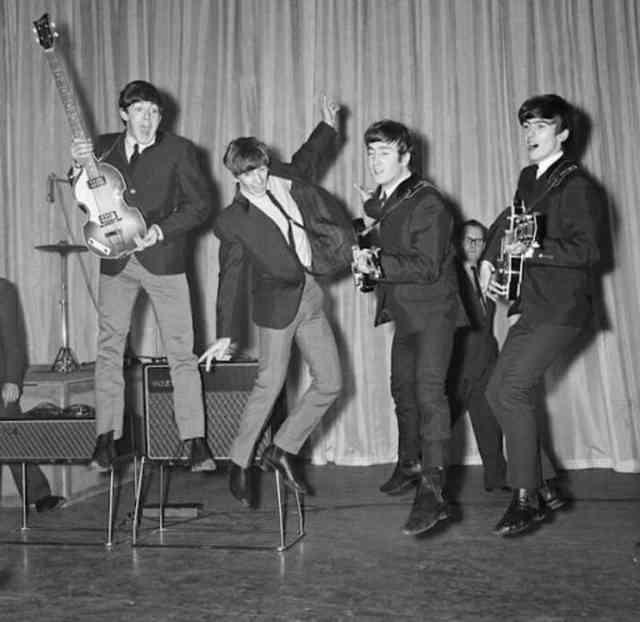
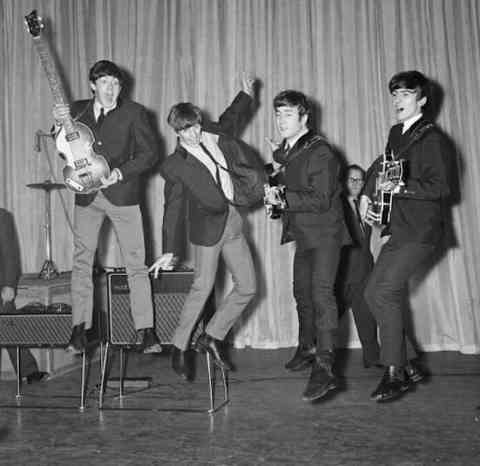
She reminded him of his potential and talent, and he was soon ready to embark on a new adventure. He was working on a new project.
Linda Was His Inspiration
To honor Linda's courage after the Beatles' separation, McCartney wrote a special song for her called "Maybe I'm Amazed." After releasing a successful solo record, he formed the band Wings.

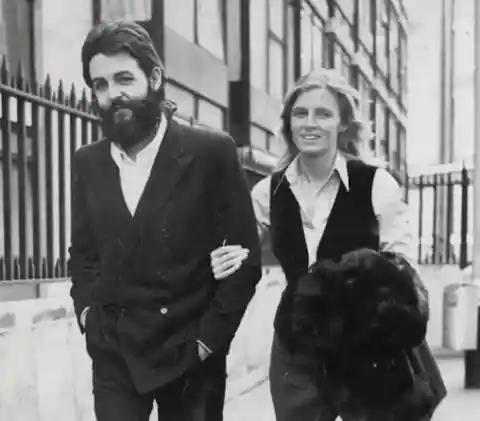
Linda was never recognized for her singing ability, but McCartney made sure she was included in the lineup. He further mentioned that he created every love song for Linda. It was nerve-racking to form a band in the aftermath of the Beatles' success, but McCartney had nothing to worry about.
He Couldn’t Believe It
Wings began small but quickly grew into a huge hit. The ensuing decade brought honors for McCartney and Wings as his life progressed beyond his time as a Beatle. Sadly, as Wings' heyday came to an end, something awful happened.
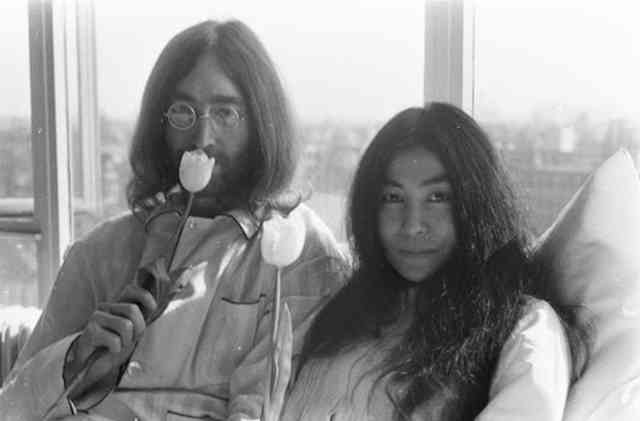
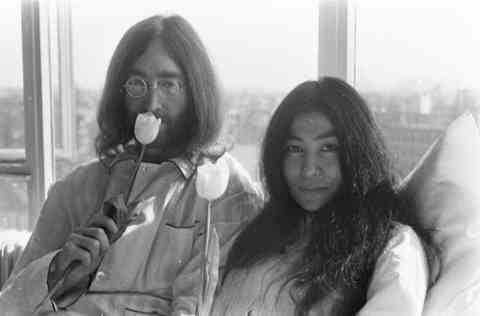
On December 9, 1980, McCartney was leaving a recording studio when he was approached by reporters who pushed for his reaction to the news that Lennon had been slain the previous night; Lennon's death generated a media frenzy surrounding the surviving members of the band.
Letting Linda Go
In 1995, Linda McCartney was diagnosed with breast cancer, and her situation deteriorated as the cancer spread to her liver. Sadly, they didn’t pick up on how bad it was until it was too late.
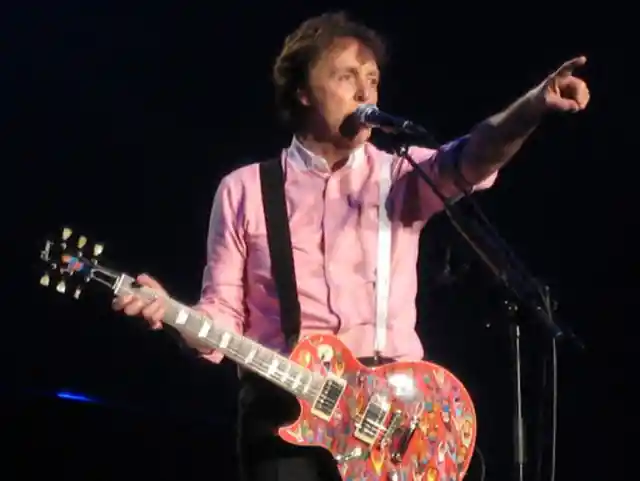
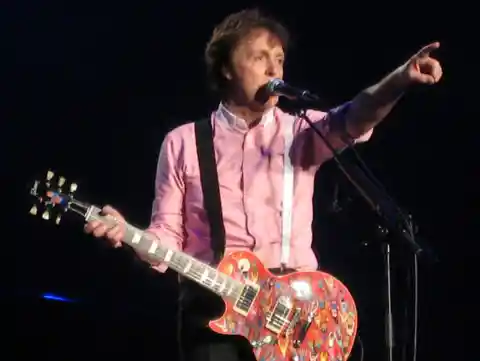
Paul was informed of the prognosis and subsequently stated, "The doctors had told me confidentially that she'd have around 18 months, and that's what she got." She died on April 17, 1998, at the age of 56. Her family was present when she died at the McCartney property in Tucson, Arizona.
Paul’s Mother Pays Him a Visit
A vivid dream inspired one of McCartney's most memorable songs. Many people thought the words to "Let It Be" about "mother Mary" had religious implications, but it was originally about his own mother – Mary.
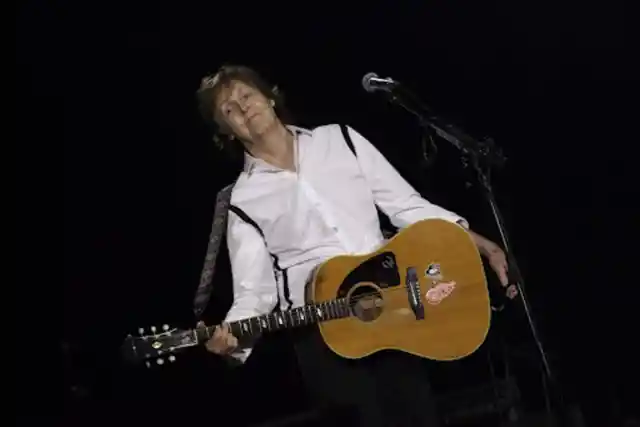

McCartney has stated that the song was inspired by his late mother. "I had a dream where my mother came to me and was encouraging me, saying: 'It's going to be OK. Just let it be...'” As he awoke, he rushed to the piano and let the song flow out of him.
The Not-So-Famous Feud
Jackson and McCartney's friendship began in the 1970s when two of music's most powerful forces discussed business. They worked together on several songs, but what appeared to be a promising friendship gradually soured.
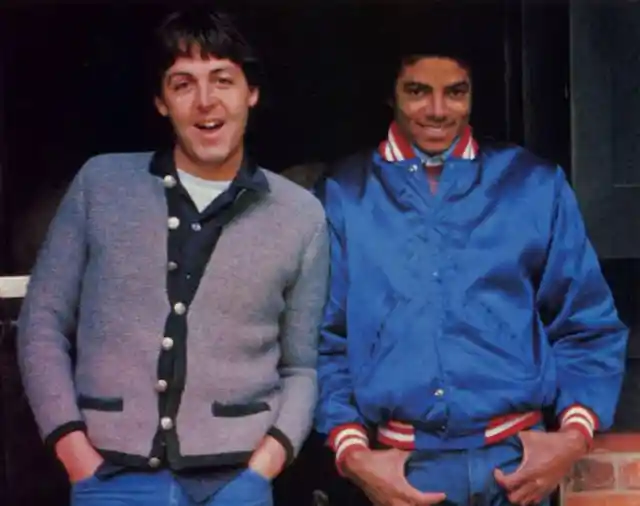
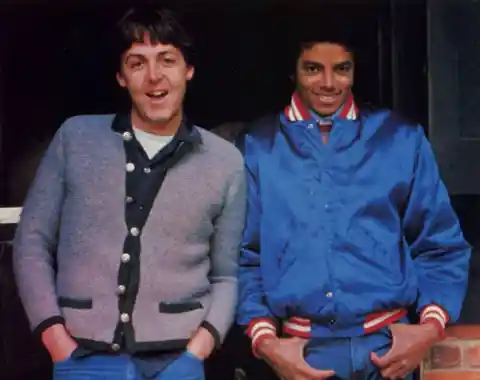
On August 14th, 1985, Michael Jackson spent a stunning $47.5 million to purchase The Beatles' complete back catalog, a decision that infuriated Paul McCartney because he was the one who notified Jackson about the auction. McCartney was taken aback by the brazen betrayal of trust.
Bass Player
McCartney is well recognized for his use of a plectrum or pick, but he also plays fingerstyle. He was heavily influenced by Motown performers, particularly James Jamerson, whom McCartney referred to as a hero for his melodic style.
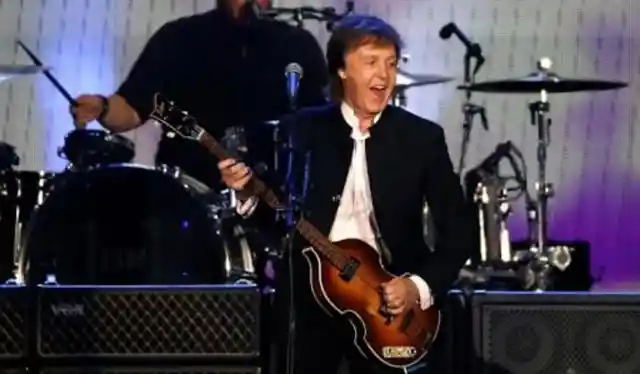
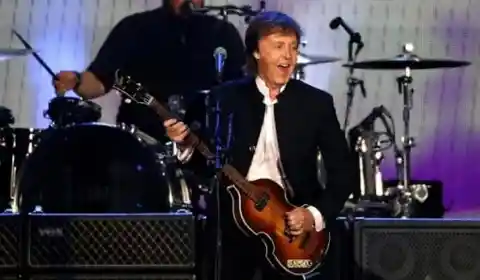
He was also influenced by Brian Wilson because, in Paul’s words, “he went to really weird places." Another favorite bassist of McCartney’s is Stanley Clarke. Dr. Dre’s bassist Mike Elizondo, Colin Moulding of XTC, and Sting have all praised McCartney's abilities as a bass player.
Secret Creative Talent
McCartney has also experimented with painting. After spending time in the New York workshop of abstract expressionist Willem de Kooning, he grew interested in painting and eventually exhibited his work in Siegen, Germany, in 1999. The next year, he had a show at the Walker Art Gallery in Liverpool.
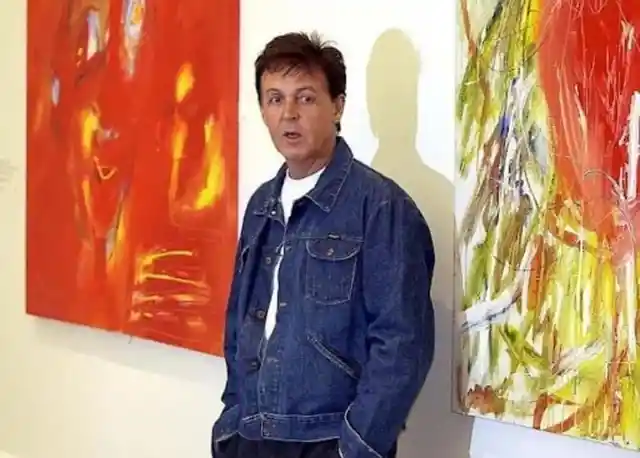
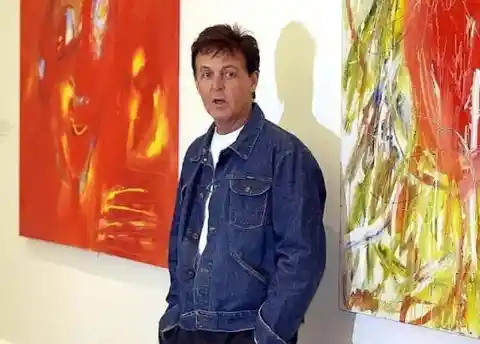
Though originally hesitant to have his paintings displayed publicly, McCartney picked the gallery because the organizer expressed genuine interest in McCartney's art. The Arnolfini Gallery in Bristol, England, hosted the first UK exhibit of McCartney's paintings in September 2000.
An Outspoken Activist and Vegetarian
McCartney has been a vegetarian since 1975. During most of their 29-year marriage, he and his wife Linda were vegetarians. They made the decision to stop eating meat after Paul watched lambs frolicking in a field while they were eating lamb. Shortly after, the couple became vocal advocates for animal rights.
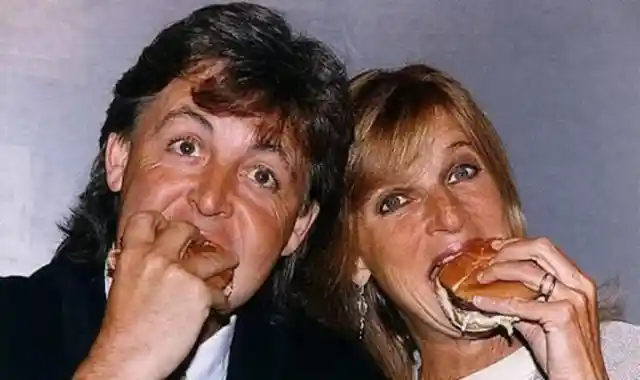
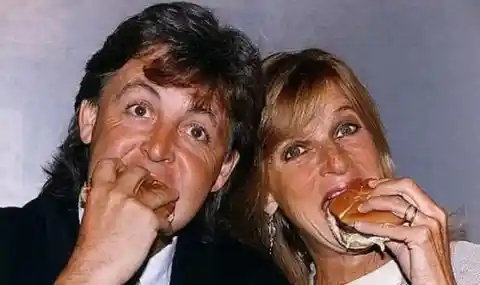
McCartney supports animal-rights groups and has attended several demonstrations. He has also contributed to campaigns run by the David Shepherd Wildlife Foundation and the Humane Society of the United States.
Audition Failures
Sir Paul is now one of the world's most popular singers, but this wasn't always so. In fact, when he was younger, he failed two choir auditions. McCartney's father encouraged him to begin auditioning for choirs when he was 11 years old.
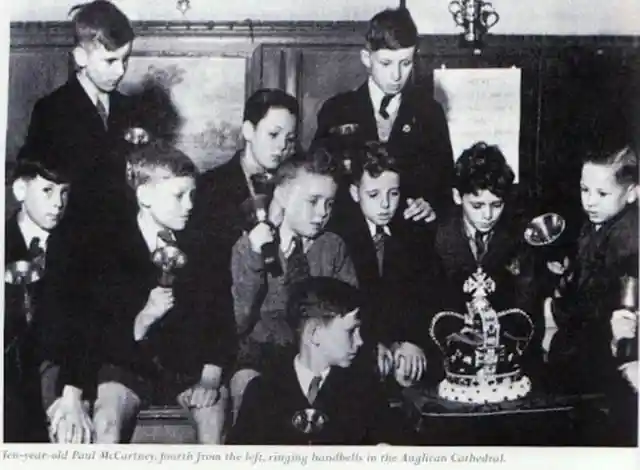
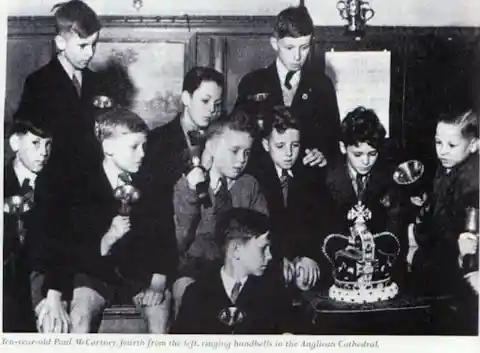
Paul alleges that he purposefully failed one of the auditions because he did not want to be a choir boy. The second was a completely unexpected rejection. To be fair, Paul finally did become a choir boy at his church, despite the two rejections.
Jailed in Germany
The Beatles were on tour in Hamburg in 1960, before they became famous. Because their contract to perform at a local club had been terminated, they headed to their room to pack their belongings. They set fire to a condom and tacked it to the wall for whatever reason, possibly because it was too dark to see.
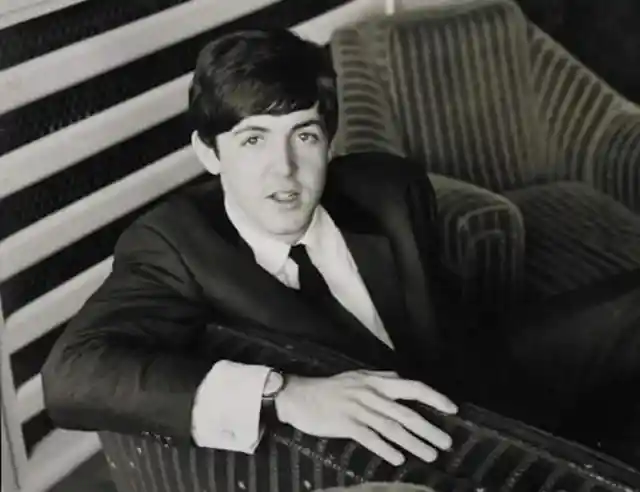

They were arrested after being accused of attempting to set fire to the structure. The band was deported after spending the night in jail on accusations of arson.
Divorce Settlement
McCartney's wedding to former model Heather Mills appeared to be something out of a fairy tale. Unfortunately, the marriage ended in divorce, with accusations of incessant squabbling and fighting tarnishing the once-fairytale image. McCartney and Mills divorced in 2006.

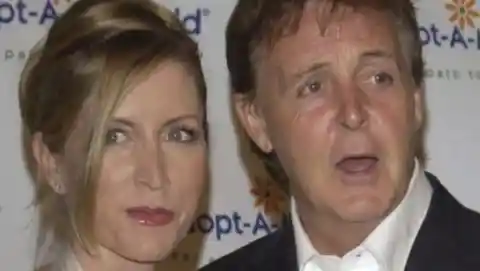
Paul McCartney and Heather Mills' divorce and separation were far from amicable. The couple divorced in 2006, but it wasn't finalized until 2008. It cost them a lot of money to get the messy affair settled. After everything was said and done, Paul paid 48.7 million dollars as a divorce settlement to Mills.
Witnessing the 9/11 Attacks
Paul was in New York City on September 11th and witnessed the attack from a jet parked on the tarmac at JFK International Airport. He could see the plumes rising from the skyscrapers from his window.
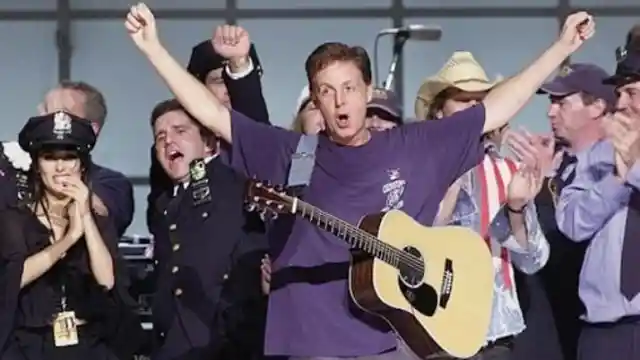
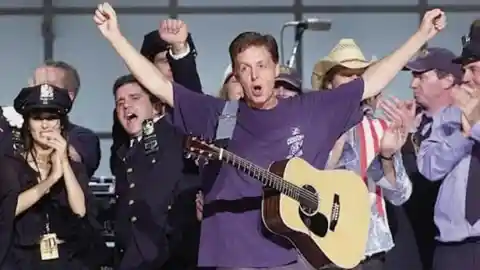
Following that horrific occurrence, he staged a benefit concert in which he generated over $77 million for charity. It was so successful that he was named an honorary investigator by the New York Police Department. Paul McCartney wrote and recorded the song "Freedom" in response to the 9/11 attacks.